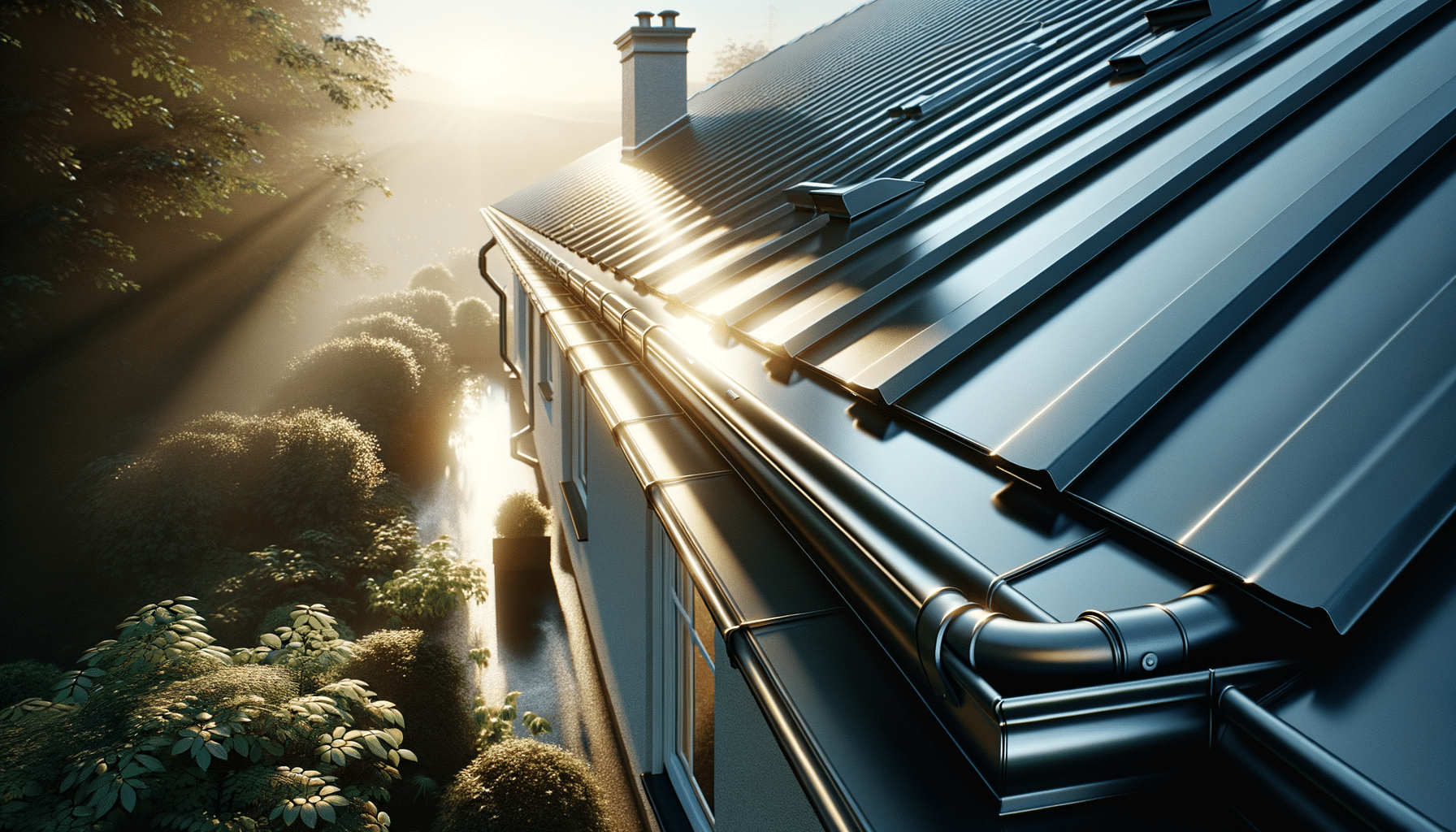
Gutter Installation and Maintenance
The Importance of Roof Gutters
Roof Gutters play a crucial role in maintaining the integrity of a building’s structure. By channeling water away from the roof and foundation, they prevent a host of problems that can arise from water damage. Without effective gutters, rainwater can accumulate, leading to issues such as roof leaks, foundation erosion, and even basement flooding. The presence of Roof Gutters ensures that water is efficiently directed away from the house, preserving both the aesthetic and functional aspects of the property.
Moreover, Roof Gutters help in preserving the landscaping around a home. By controlling the flow of water, they prevent soil erosion and protect plants and flower beds from being washed away. This not only maintains the beauty of the garden but also prevents the need for continual replanting and soil replacement.
In addition to protecting the physical structure and surrounding landscape, Roof Gutters can also reduce the risk of mold and mildew growth. When water is allowed to pool near the foundation or seep into walls, it creates an environment conducive to mold growth, which can pose health risks to inhabitants. Therefore, investing in quality Roof Gutters is essential for the overall health of both the building and its occupants.
Types of Roof Gutters
There are several types of Roof Gutters available, each with its own advantages and applications. The most common types include K-style, half-round, and box gutters, each differing in shape and installation method.
K-style gutters are the most prevalent, known for their decorative crown molding appearance. They are capable of handling significant water flow, making them suitable for regions with heavy rainfall. Half-round gutters, on the other hand, offer a more traditional look and are often used on historic or older homes. While they may not handle as much water as K-style gutters, their smooth interior surface reduces the likelihood of corrosion and clogs.
Box gutters are typically found on commercial properties. They are built into the roof structure, making them less visible but often more challenging to maintain. Despite this, they offer excellent capacity for water flow, which is ideal for larger buildings.
Choosing the right type of Roof Gutter depends on factors such as the architectural style of the building, the amount of rainfall in the area, and personal preferences. Consulting with a professional can help in making an informed decision that balances functionality with aesthetics.
Materials Used in Roof Gutters
Roof Gutters are made from a variety of materials, each offering distinct characteristics in terms of durability, cost, and maintenance. The most common materials include aluminum, copper, vinyl, and steel.
Aluminum gutters are a popular choice due to their lightweight nature and resistance to rust. They are relatively easy to install and come in a range of colors, allowing for customization to match the home’s exterior. Copper gutters, while more expensive, offer a unique aesthetic appeal and develop a natural patina over time. They are highly durable and can last for decades with proper maintenance.
Vinyl gutters are the most cost-effective option, making them suitable for budget-conscious homeowners. They are easy to install and resistant to rust, but they may not withstand extreme weather conditions as well as other materials. Steel gutters, particularly galvanized steel, offer excellent strength and durability. However, they are prone to rust if not properly maintained.
When selecting a material for Roof Gutters, it is essential to consider the climate, budget, and desired appearance. Each material has its pros and cons, and the choice often depends on balancing these factors to meet specific needs.
Installation of Roof Gutters
Proper installation of Roof Gutters is crucial to ensure their effectiveness in directing water away from the building. The process involves several steps, including measuring the roofline, cutting the gutters to size, and securely attaching them to the roof.
Before installation, it is important to assess the roof’s slope and size to determine the appropriate gutter size and style. The gutters should be installed with a slight pitch to encourage water flow towards the downspouts. This prevents water from pooling in the gutters, which can lead to overflow and damage.
Once the gutters are cut to the correct length, they are attached to the fascia board using brackets or hangers. The downspouts are then connected to guide the water away from the foundation. It is essential to ensure that all connections are secure and that there are no leaks at the joints.
While some homeowners may choose to install Roof Gutters themselves, hiring a professional can ensure that the job is done correctly. Professionals have the experience and tools necessary to handle the installation efficiently and safely, reducing the risk of future problems.
Maintenance and Care of Roof Gutters
Regular maintenance is key to prolonging the lifespan of Roof Gutters and preventing issues such as blockages and leaks. Routine cleaning, typically done twice a year in the spring and fall, is essential to remove debris such as leaves, twigs, and dirt that can accumulate and cause clogs.
Inspecting the gutters for signs of damage, such as rust, cracks, or sagging, is also important. Any issues should be addressed promptly to prevent further damage. Sealing leaks with a waterproof sealant and tightening loose brackets can help maintain the system’s integrity.
In addition to cleaning and repairs, installing gutter guards can be an effective way to reduce maintenance needs. These guards prevent debris from entering the gutters while allowing water to flow through, minimizing the risk of clogs.
Overall, a proactive approach to maintenance can save time and money in the long run, ensuring that the Roof Gutters continue to function effectively and protect the home from water damage.


